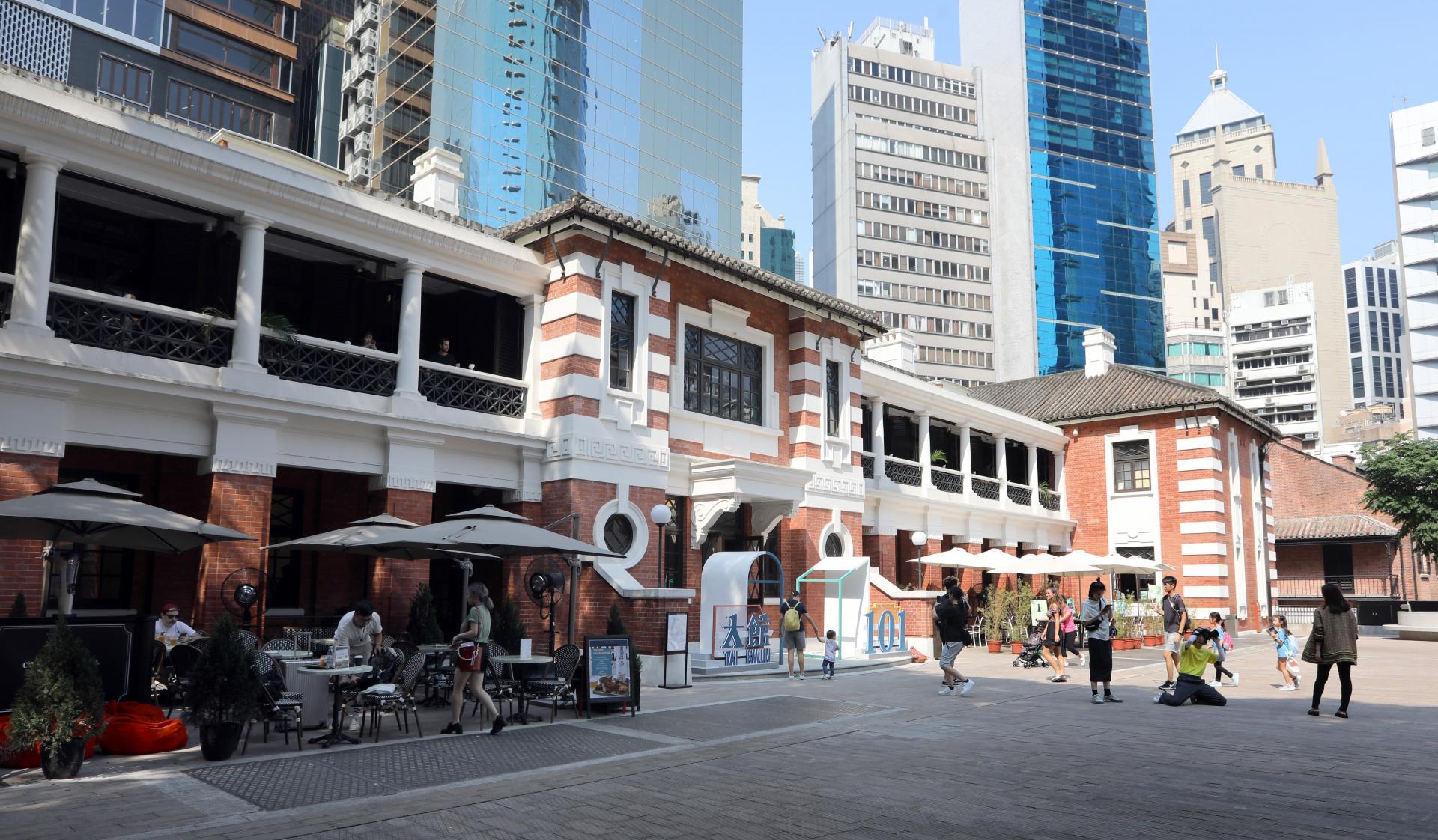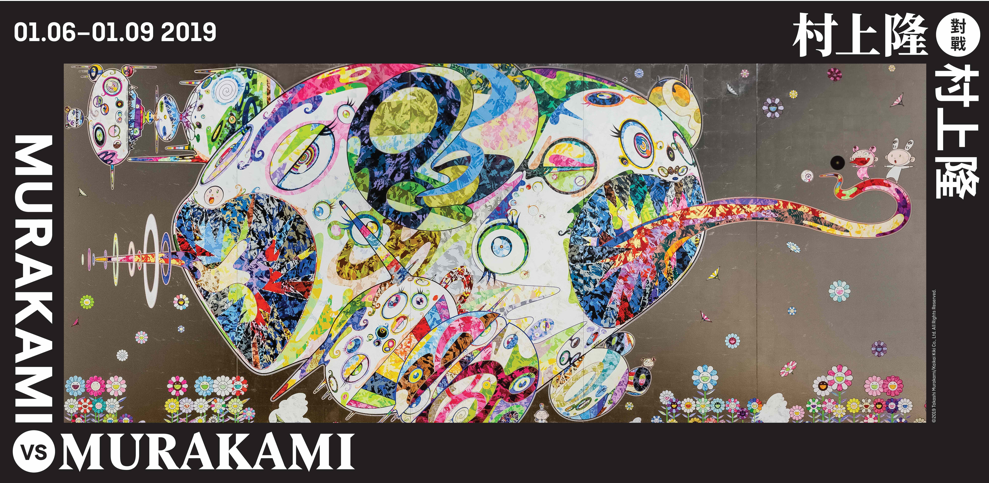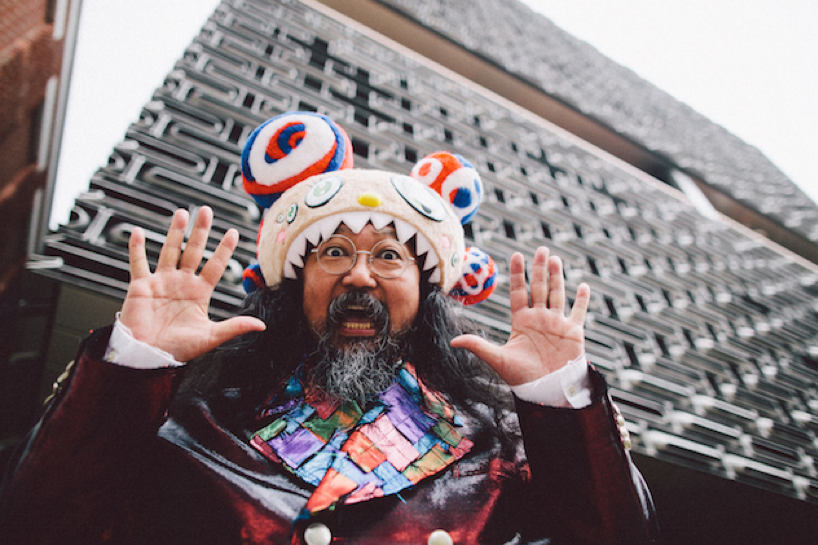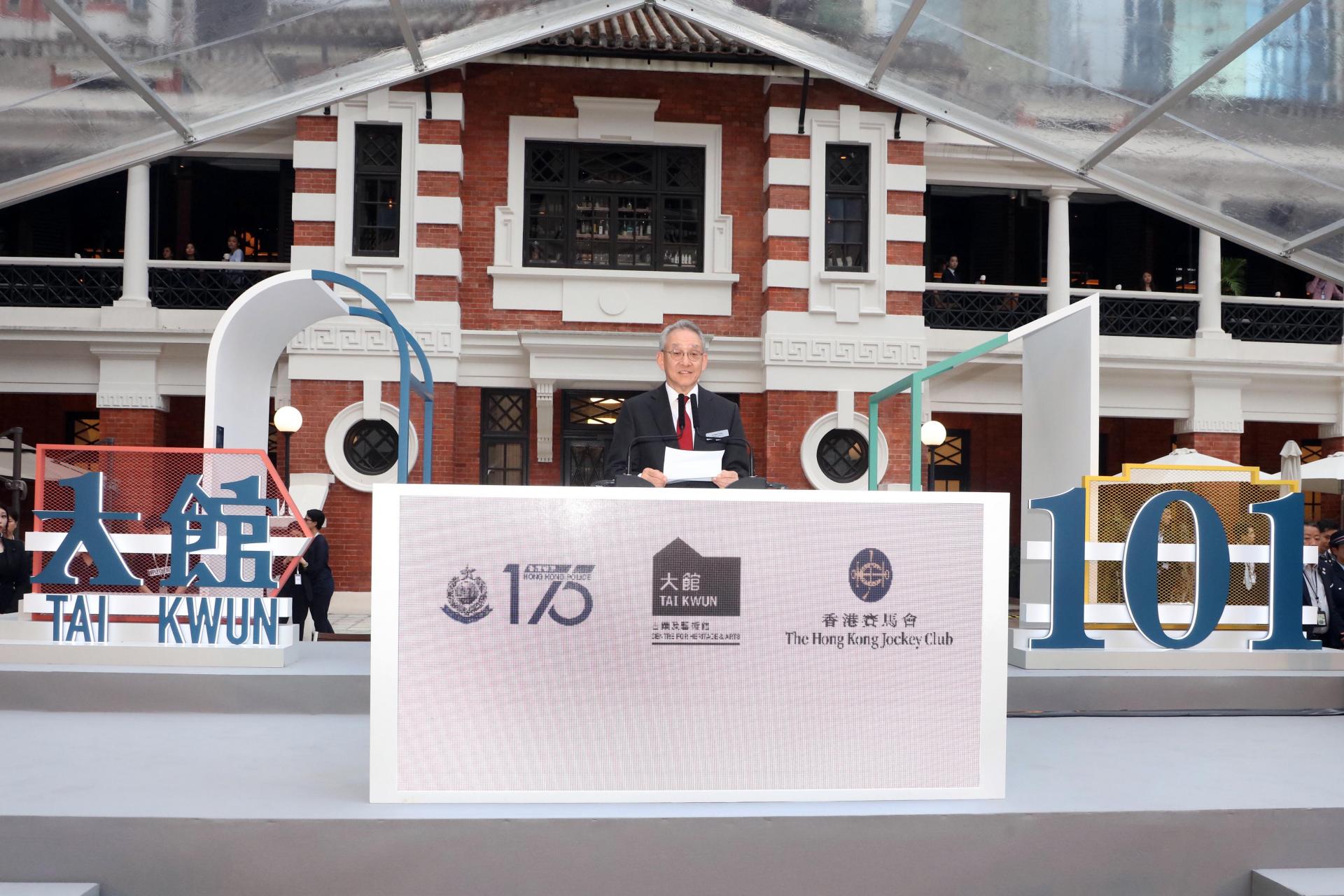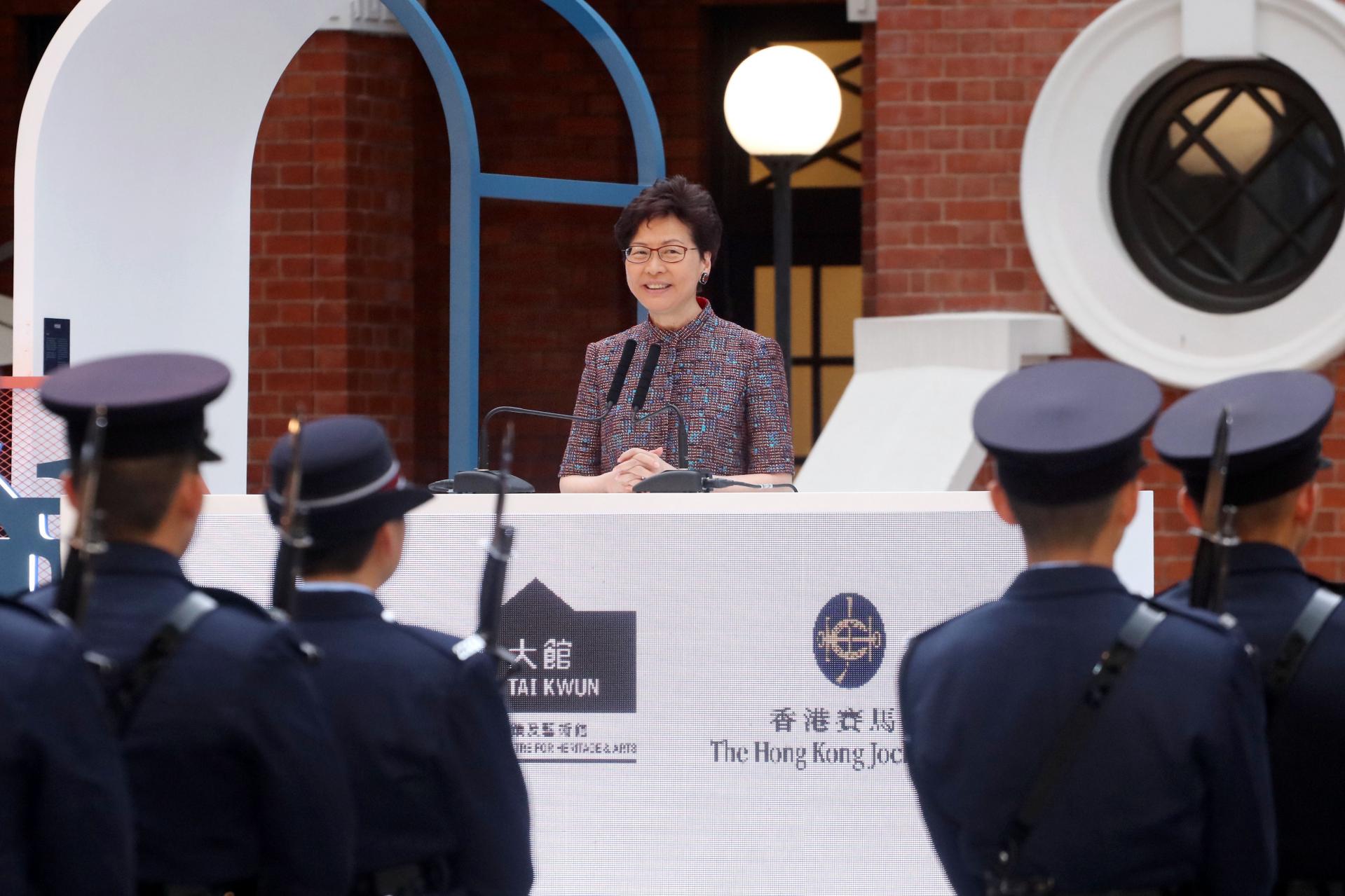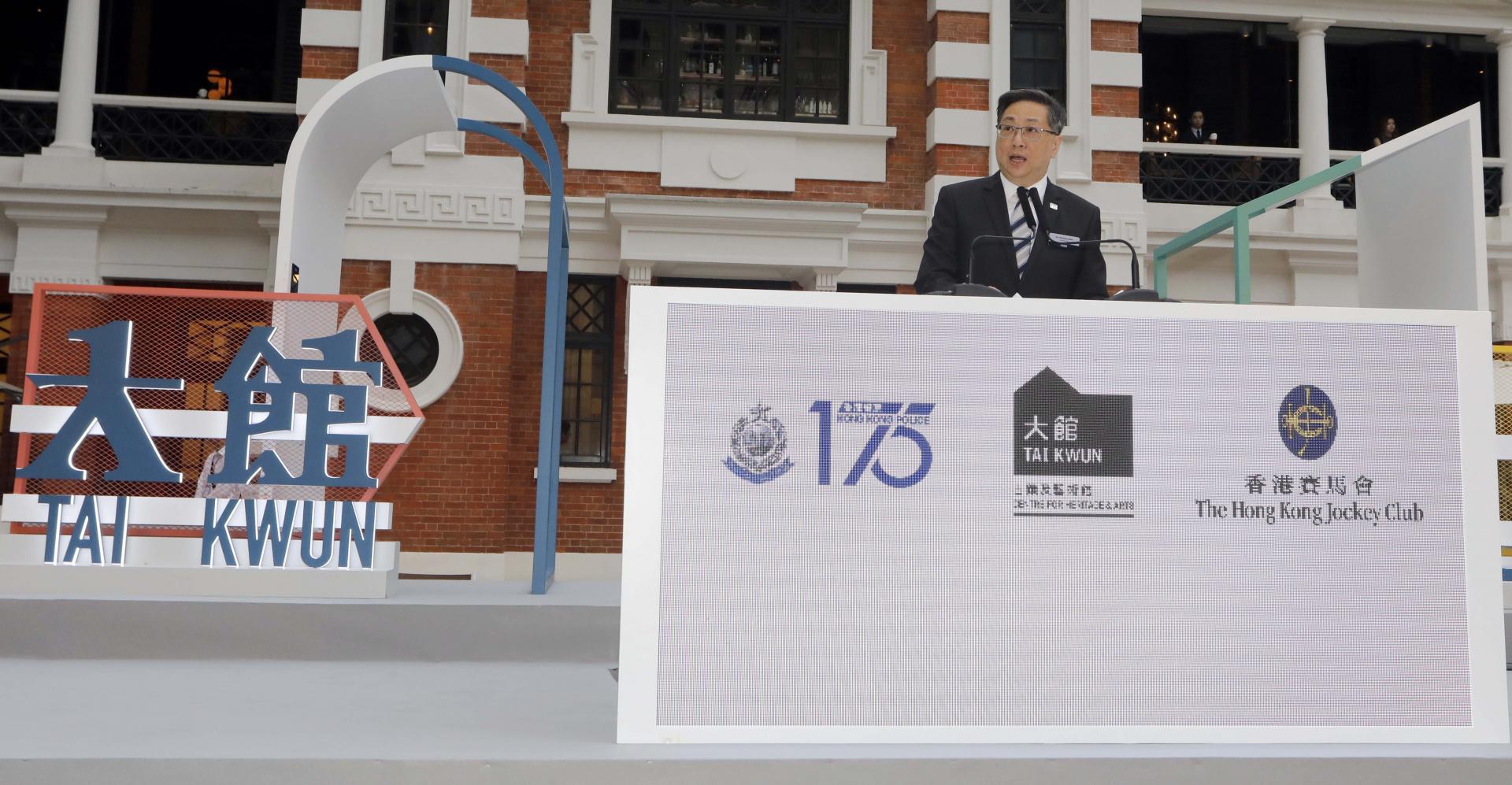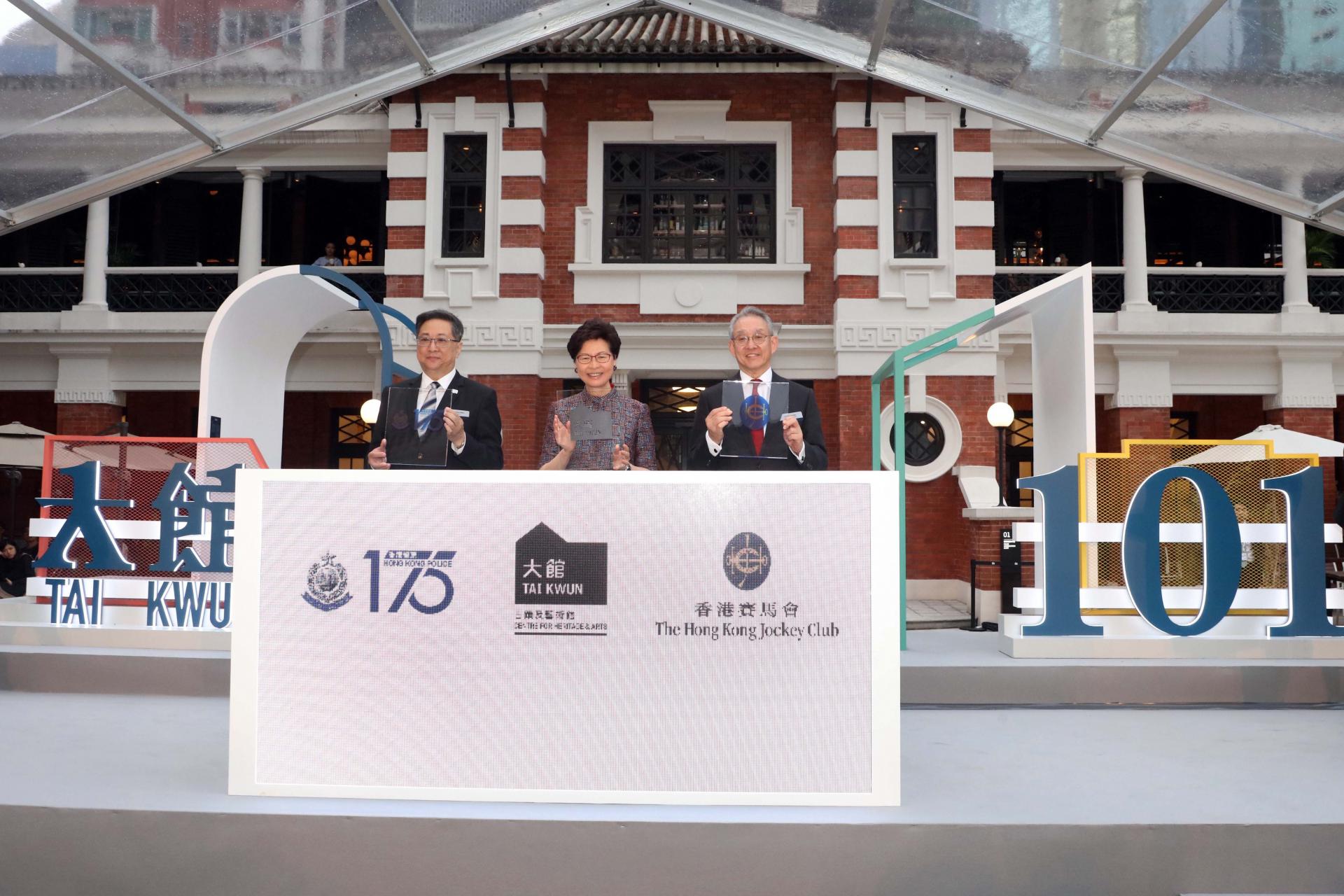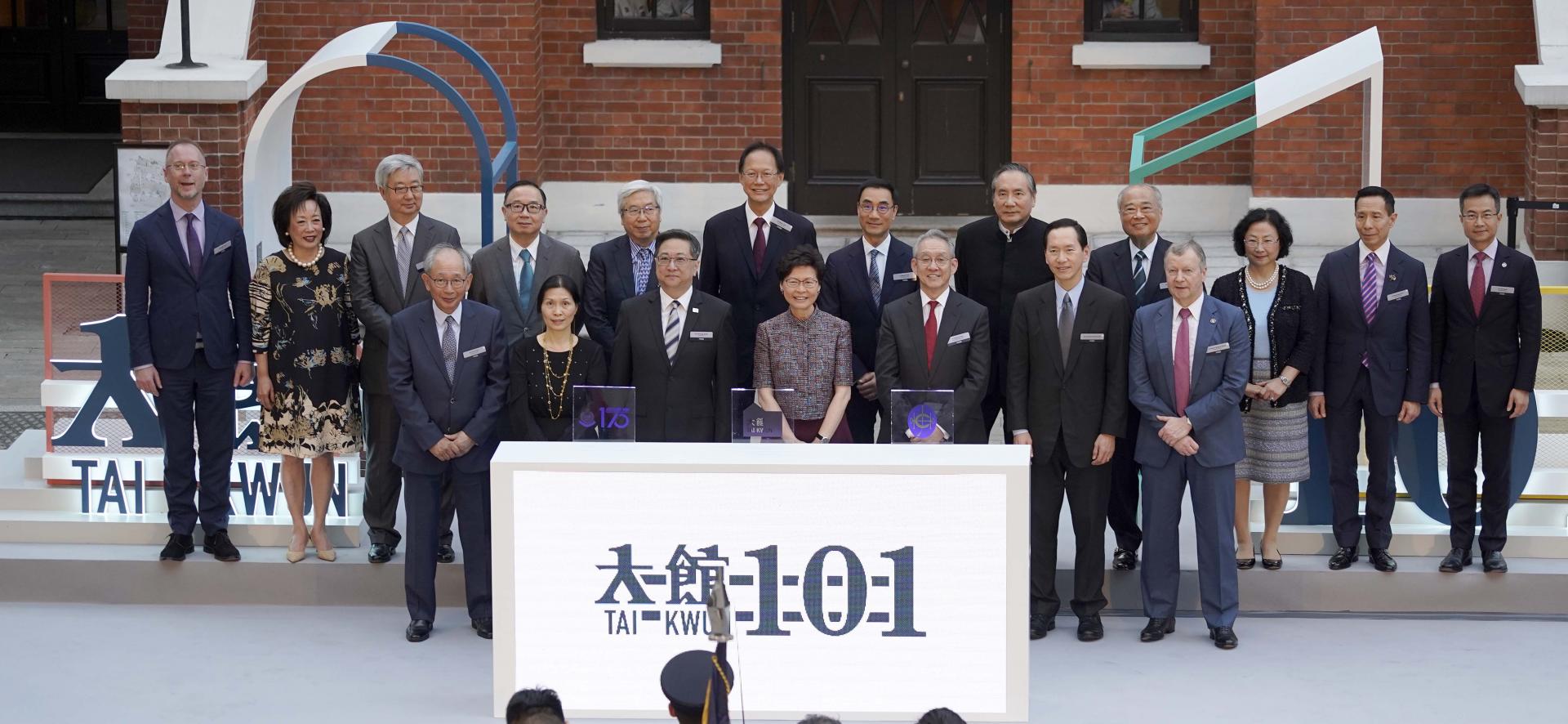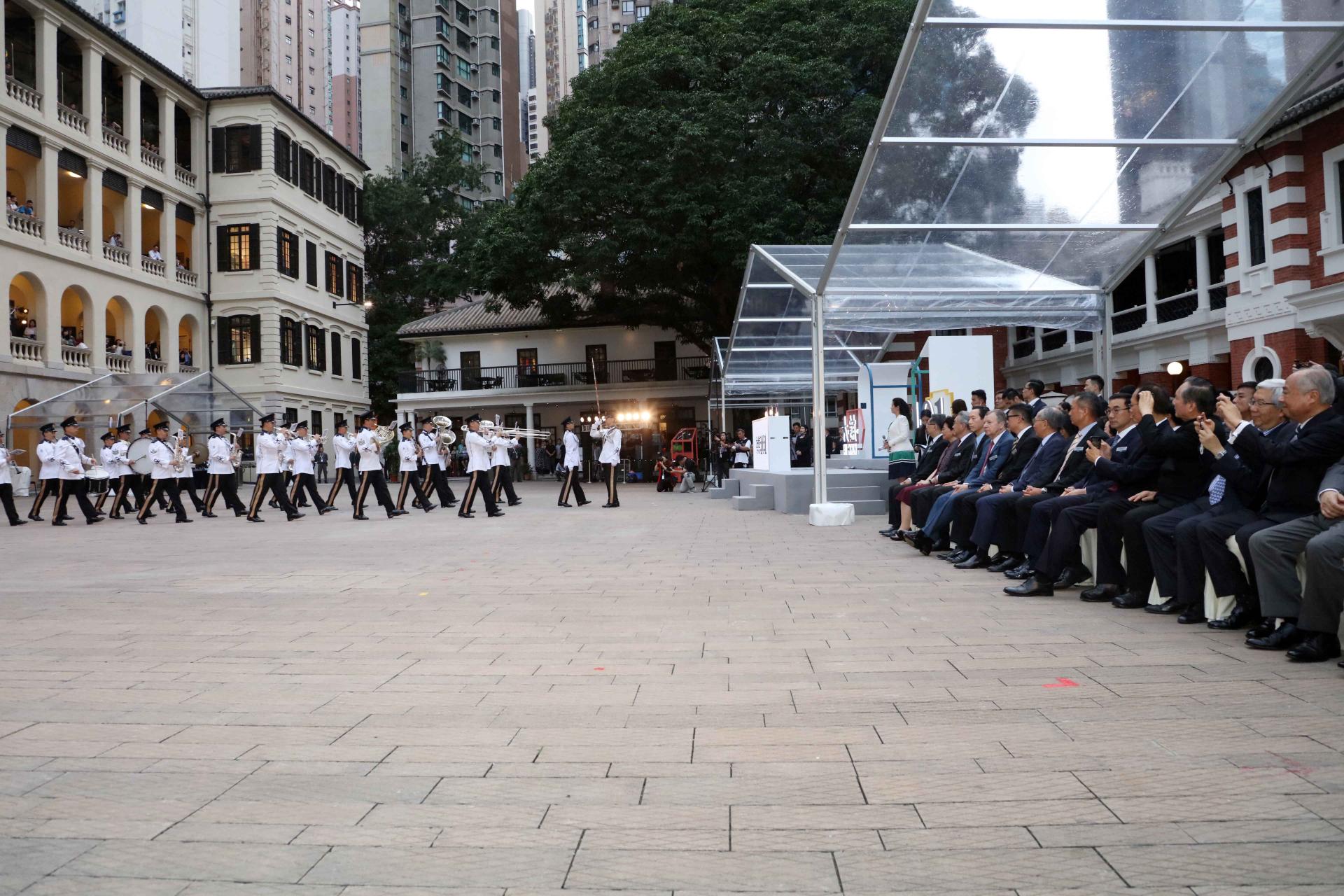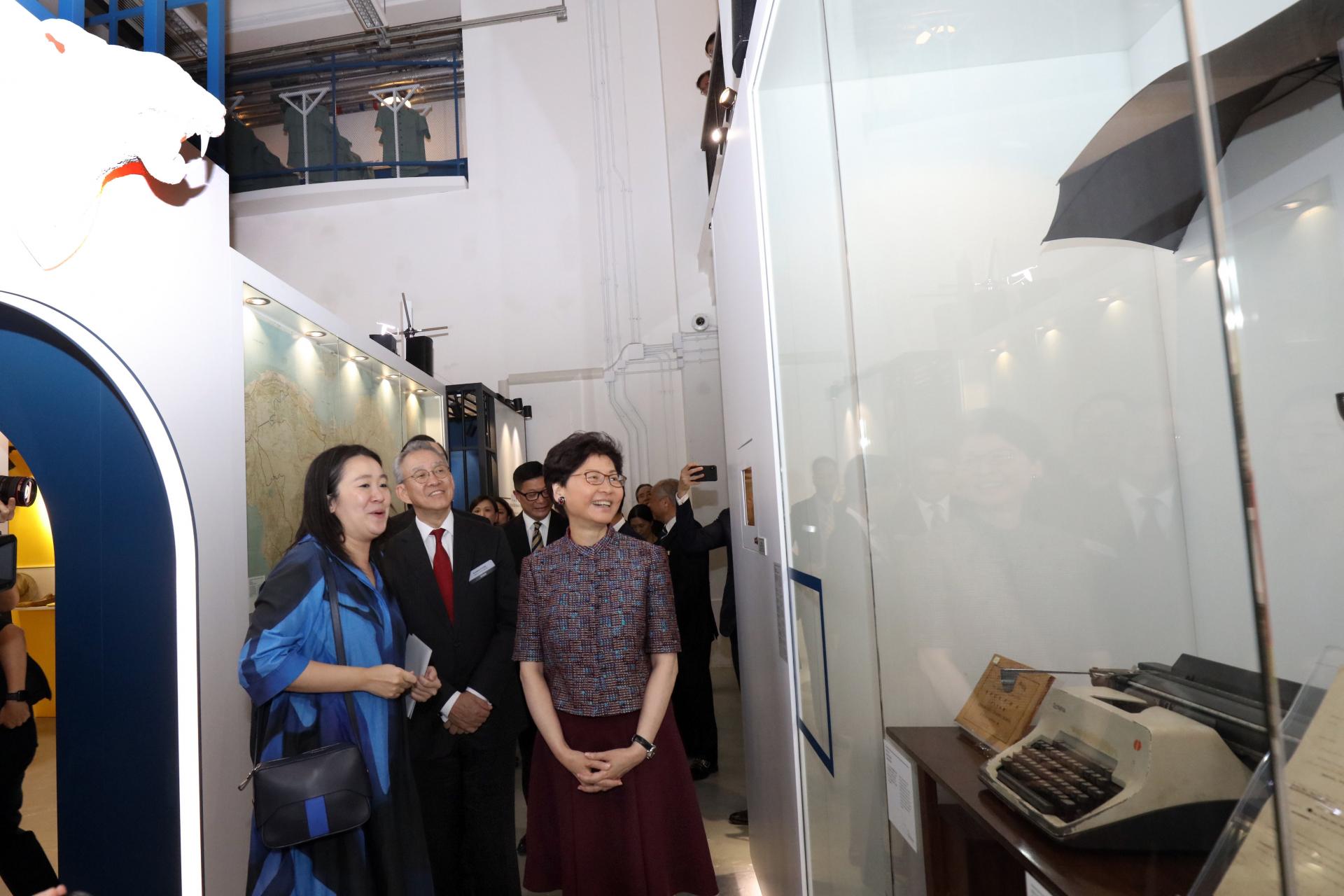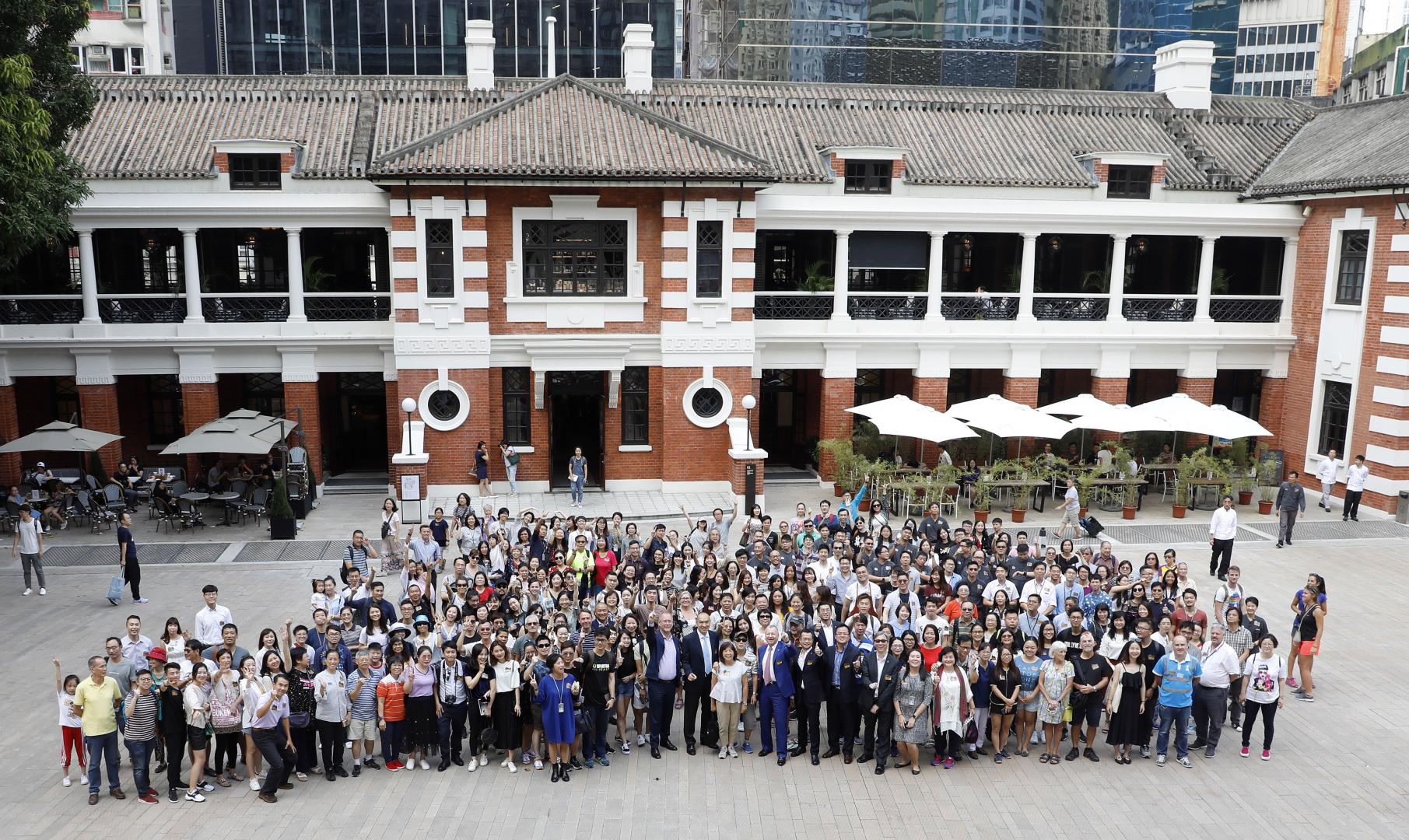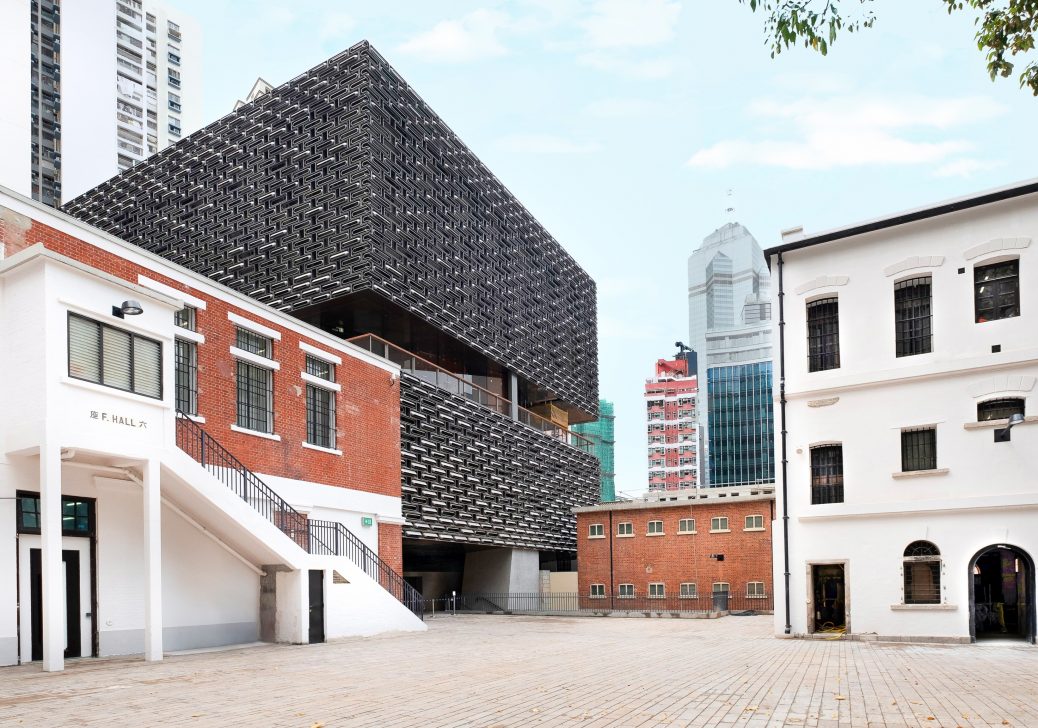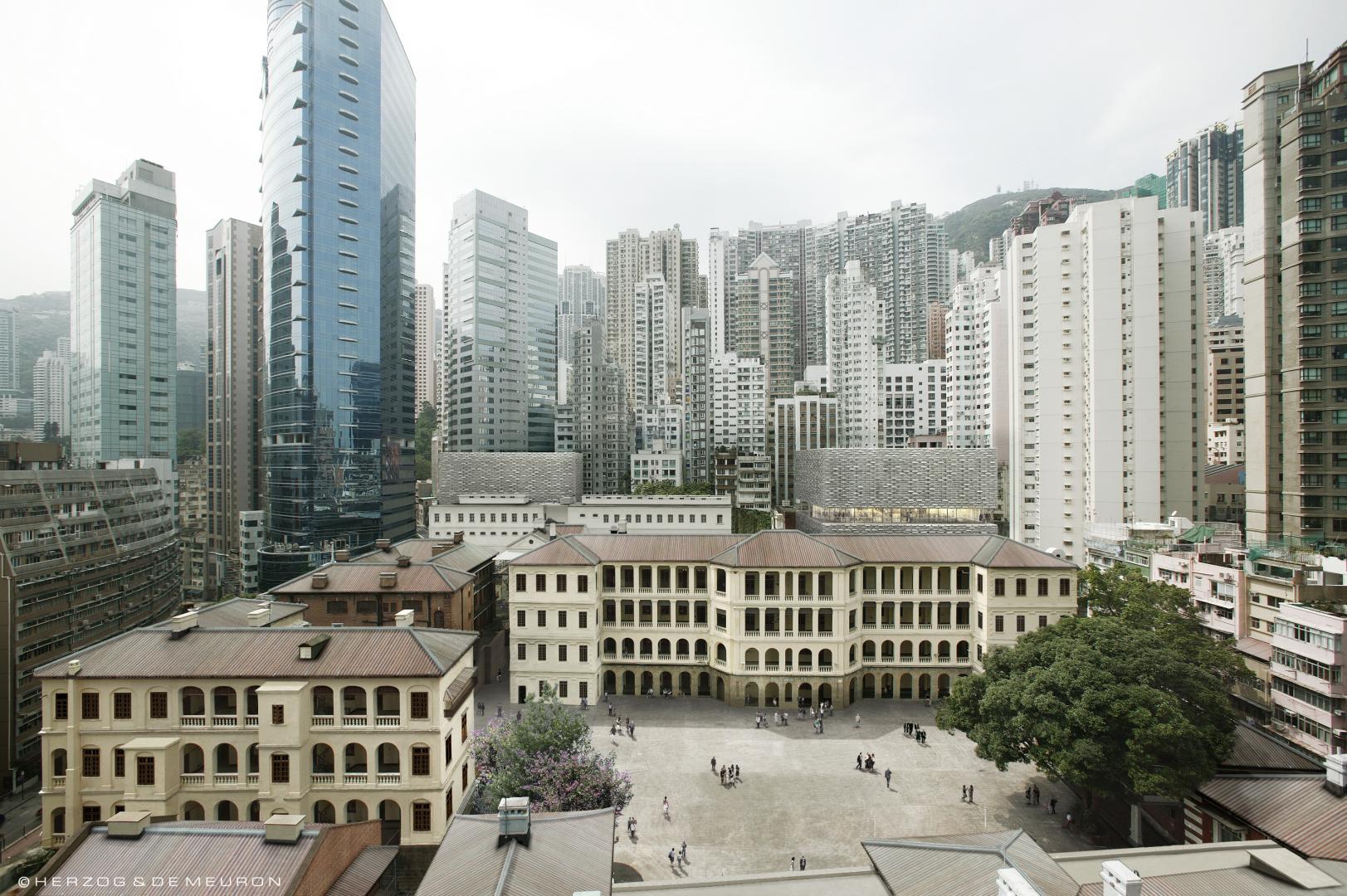TAI KWUN'S FIRST HISTORICAL MARTIAL ARTS MIXED-MEDIA EXHIBITION
24 Feb 2021, WednesdayTai Kwun — Centre for Heritage and Arts is proud to announce the opening of Way of the Sword: Warrior Traditions in China and Italy — the first historical martial arts mixed-media exhibition on this century-old heritage site. The exhibition is presented in collaboration with the Institute of Chinese Martial Studies, and will be on view from 25 February 2021 to 4 April 2021.
Curated by Hing Chao and Roberto Gotti, Way of the Sword: Warrior Traditions in China and Italy is a multi-dimensional presentation of China and Italy’s warrior and sword traditions from the Classical era through to the Early Modern age. The exhibition showcases more than 50 historic swords and polearms which are shown publicly in Hong Kong for the first time, over 20 sixteenth-century martial arts manuscripts and books, as well as a range of historic objects related to martial cultures in China and Italy.
Hing Chao, curator of Way of the Sword: Warrior Traditions in China and Italy, said, “China and Italy are ancient civilisations that have developed in parallel for over two thousand years. It is an extraordinary privilege to present their respective historic martial arts culture to the Hong Kong public, which I hope will shed light on how martial culture — swords and swordsmen in particular — has shaped human history.”
At the same time, drawing on City University of Hong Kong professor and new media curator Jeffrey Shaw’s world-leading expertise in new media, Way of the Sword: Warrior Traditions in China and Italy offers a wide range of immersive and interactive experiences in order to bring viewers through a historic journey of the sword, ultimately arriving at the twenty-first century when historic martial arts in Italy and China converge upon a common path of rediscovery and exchange.
Professor Jeffrey Shaw, new media curator of Way of the Sword: Warrior Traditions in China and Italy, said, “Digital techniques and media art have become very powerful tools of interpretation when applied to cultural heritage. Building on our success innovating and exploring these techniques in previous martial arts projects, the digital media in this exhibition makes the public experience even more engaging and rich.”
Timothy Calnin, Director of Tai Kwun Arts, said, “The first ‘embassy’ linking China with Italy was established during the reign of emperors Marcus Aurelius of the Roman Empire and Huandi of Eastern Han Dynasty (漢桓帝). Nearly 2000 years later, the intricate swords showcased in this thrilling exhibition remind us of the significance of martial arts in the history of these two great civilisations. Tai Kwun is delighted to be working with partners like the Institute of Chinese Marital Studies, who share our commitment to bring heritage to life in ways that resonate with contemporary audiences.”
The exhibition also features photography by Almond Chu, Chinese ink art paintings by Lin Haizhong, Zheng Li, and Lee Chi Ching, as well as a selection of animations and documentary films in historic martial arts specially commissioned for this exhibition.
EXHIBITION HIGHLIGHTS
From historic swords to martial arts books, Way of the Sword: Warrior Traditions in China and Italy presents exquisite exhibits from private collections, of which 40 pieces are on view for the first time.
Qijiadao
This is a rare example of early Qing sabre which has been extensively polished by renowned sword-restorer Philip Tom and was remounted on its current hilt. From the rise of the Mongols in the 12th century until the Qing dynasty, the yanlingdao – the cavalry sabre par excellence – was the dominant sword type in China. Then during the Ming dynasty, particularly in the Wanli and Jiajing periods, Chinese blade design and swordsmanship came under heavy Japanese influence as a result of extensive disturbances caused by the Wokou pirates along the Chinese coast. This sword exhibits features of both the earlier yanlingdao and the Japanese sword. The Ming general Qi Jiguang adopted the design of the superior nihonto (Japanese sword) for his troops, hence the name for this type of sword – appropriately named “qijiadao” (Qi family sabre) – which fundamentally combines features of yanlingdao and tachi.
Migration Period Sword with Gold–gilt Twin Bird–head Hilt
One of the oldest swords in this exhibition, this is a rare specimen from the Migration Period (c. 300–568). The twin-grooved blade–a continuation of the late Roman spatha–falls into the general type of the period. The gold–gilt grip is in the “Byzantine” style and shows its owner was a high-status warrior. The most unusual part is the guard which forms a bird-head at each end. This is the only migration period sword to have such a double bird–head hilt design.
Double-eagles have a long history in heraldry, starting with the Ancient Near East and Mycenae, and later adopted by the Byzantine Empire in the 13th century. The appearance of the double eagles on this early sword therefore suggests an association with the east. This was a period of immense population movement, and judging from the characteristics of the sword, it could have been Byzantine, Gothic, or Longobard, bearing in mind that sword exchanges were frequent and cross-cultural influence was pervasive. Both the Ostrogoths and Longobards formed political alliances and had warriors serving with the Huns, and it is tempting to see in the twin eagle–head hilt a Hunnic connection.
An alternative interpretation is that the bird-heads are not of eagles but ravens, as suggested by the shape of the beaks. Twin ravens are an ancient motif in old Germanic mythology, associated in particular with Woden, the supreme god and the god of war.
Ceremonial Armour for a Manchu Officer of the Blue Banner Cavalry Brigade
During the Qing dynasty, the colours, symbolism and insignia of these ceremonial costume were strictly regulated. The dragon designs and blue satin silk of this costume indicate that it was made for a Manchu officer of the blue banner cavalry brigade, who was assigned to protect the imperial capital of Peking.
Opera Nova system of Renaissance Italian martial arts – Linear Navigator
Achille Marozzo’s Opera Nova (1528) is one of the most important documents for Italian Renaissance martial arts, presenting a comprehensive system that includes the two-handed sword, side sword, two swords, sword and dagger, sword and shield, sword and buckler, sword and cape, halberd, roncone, etc., as well as unarmed martial arts. This system has been revived through Maestro Roberto Gotti’s meticulous research over the past twenty-five years.
Presented through the Linear Navigator, an interactive media machine designed by Prof. Jeffrey Shaw and Prof. Sarah Kenderdine, the audience may discover Opera Nova through their own navigation. For contextualisation, 16th century weapons used in the Opera Nova system are displayed next to the Linear Navigator.
Encountering the Masters at D Hall
For the first time, the 6 prison cells of D Hall are transformed into a part of thematic exhibition venue, featuring performances of 12 different types of weapons, which offer viewers an intense experience of encountering contemporary Chinese and Italian martial arts masters up-close. An original video artwork by Almond Chu — an artistic interpretation of “Sword Shadows” which offers a more meditative, though no less powerful, expression — is also on view.
VISITOR INFORMATION
Way of the Sword: Warrior Traditions in China and Italy opens to the public from 25 February through 4 April 2021, Every day from 11am to 8pm at Duplex Studio, Block 01 and G/F, D Hall in Tai Kwun. Free admission, with guided tours and related public programmes available. Please visit the Tai Kwun website for the latest update.
Tai Kwun is open to the public daily from 10am to 11pm, whilst the Visitor Centre runs from 10am to 8pm. Please refer to the Tai Kwun’s Lifestyle Enjoyment online for a full listing of restaurants, gift shops, designer stores and other lifestyle offerings.
Programme details are subject to change, please refer to the Tai Kwun website for updates. Please note that appropriate sanitary measures are in place with regards to the ongoing coronavirus situation. Temperature scanning and facemasks are mandatory for all admitted visitors. Eating and drinking in public areas is temporarily not allowed. The frequency of cleansing is being stepped up for high contact surfaces throughout the day, and hand sanitiser stations are available throughout Tai Kwun. Visit the Tai Kwun website for more details: https://www.taikwun.hk/en/visit/visiting_information.
